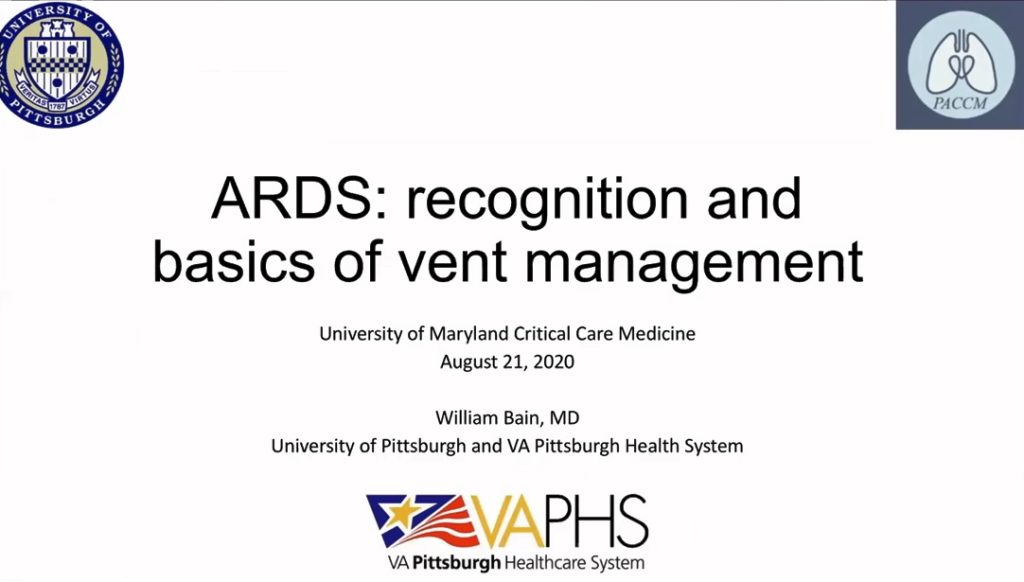A 17 yo woman is admitted to the ICU with fulminant liver failure due to Wilson’s disease; her course is complicated by encephalopathy, renal failure, and circulatory collapse despite maximal medical therapy and copper chelation.
Are there any additional therapies that may be utilized to provide a bridge to recovery or transplant, and assist with copper removal?
Extracorporeal albumin dialysis systems: Single pass albumin dialysis (SPAD) and Molecular Adsorbent Recirculation System (MARS)
Background
- Acute liver failure (ALF) and acute on chronic liver failure (AoCLF) are associated with high mortality
- Accumulation of liver toxins (ammonia, cytokines, aromatic amino acids, endogenous benzodiazepines, heavy metals, bilirubin) are implicated in hepatic encephalopathy, cerebral edema, circulatory dysfunction, and renal failure
- Extracorporeal systems can provide an environment to facilitate recovery or bridge to transplant (similar to renal dialysis and ECMO)
- Goal is to prolong survival time by preventing progression of secondary organ failure
How it works
Albumin dialysis: patient’s blood is dialyzed against an albumin-containing solution across highly permeable membrane; albumin acts as scavenging molecule to remove protein bound substances normally cleared by the liver.
Proposed Indications
- AoCLD complicated by progressive jaundice, hepatic encephalopathy, renal dysfunction
- Acute Liver Failure
- Severe alcoholic steatohepatitis
- Primary graft dysfunction after liver transplantation
- Posthepatectomy liver failure
- Intrahpetaic cholestasis with intractable pruritus
- Overdoses/intoxication with protein-bound substances
- Progressive intrahepatic cholestasis associated with heart failure, graft v host disease, etc.
SPAD: Uses standard continuous venovenous hemodialysis (CVVHD) system
- Diluted albumin solution (4.4%) added to dialysis solution
- Albumin rich dialysate is not recycled; discarded after “single pass,” with “clean” albumin continuously introduced to maintain binding site availability
MARS: Patient’s blood dialyzed across an albumin-impregnated high-flux dialysis membrane
- 20% albumin solution acts as dialysate
- Albumin dialysate cleansed via passage across two adsorbent columns (ie- dialysate recirculates within closed circuit and is regenerated) to maintain binding site availability
Evidence
- MARS better studied than SPAD
- Studies limited, underpowered controlled studies and case reports
- Case reports documented for acute liver failure due to toxins, including acetaminophen, Amanita phalloides, amphetamines, antibiotics, diet pills, and allopurinol
- Case reports also reported for acute poisonings with highly bound protein substances, due to phenytoin, lamotrigine, theophylline, calcium channel blockers, and heavy metals
- Evidence suggests that MARS is effective; associated with improvement in hyperbilirubinemia, encephalopathy, and circulatory dysfunction
- Few RCTs suggest MARS beneficial for biochemical profile, encephalopathy, and renal dysfunction
- Randomized trial (n= 23):
- AoCLF patients (mostly alcoholic cirrhosis); standard medical therapy vs MARS + standard medical therapy
- Showed 30 day mortality reduction
- Limited data specifically looking at patients with ALF
- No definitive data regarding mortality
- Collins K, Roberts E, Adeli K, et al. Single pass albumin dialysis (SPAD) in fulminant Wilsonian liver failure: a case report. Pediatr Nephrol 2009; 23: 1013-1016
- Karvellas C, Gibney N, Kutsogianis D, et al. Bench-to-bedside review: Current evidence for extracorporeal albumin dialysis systems in liver failure. Critical Care 2007; 11: 215-223
- Laleman W, Wilmer A, Evenepoel P, et al. Review article: non-biological liver support in liver failure. Alimentary Pharm & Ther 2006; 23: 351-363
- Stange J. Extracorporeal liver support. Organogenesis 2011; 7: 64-73


